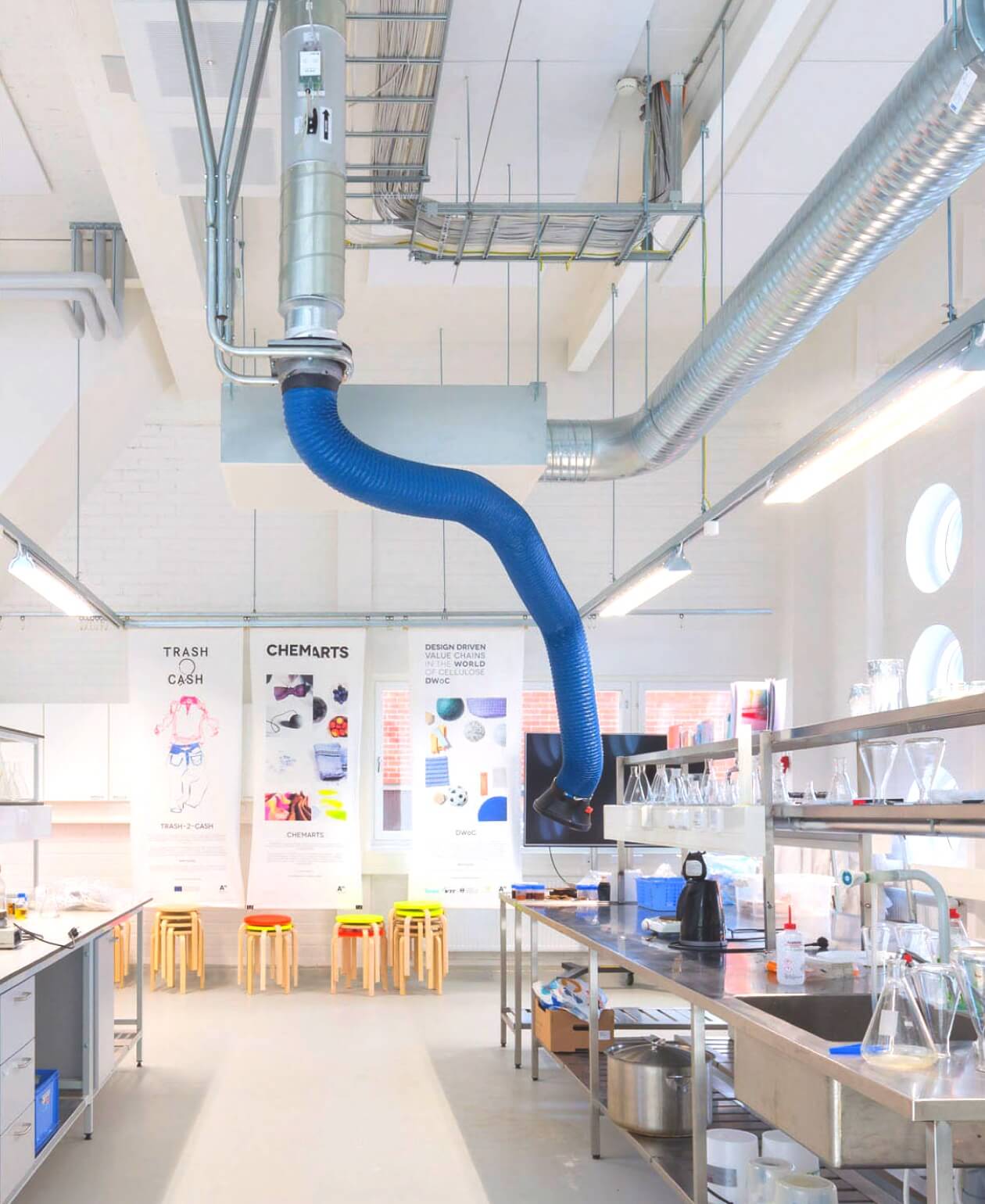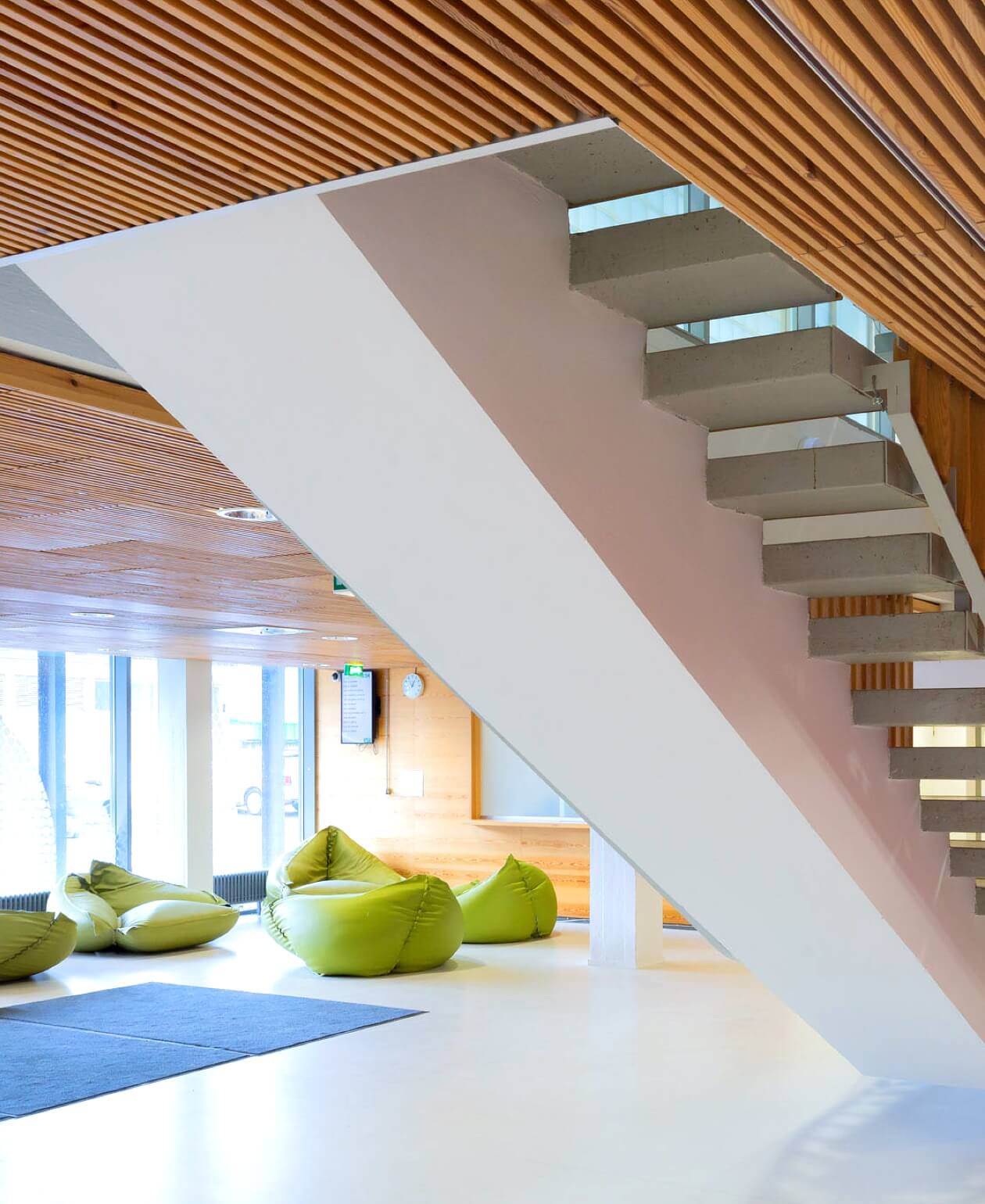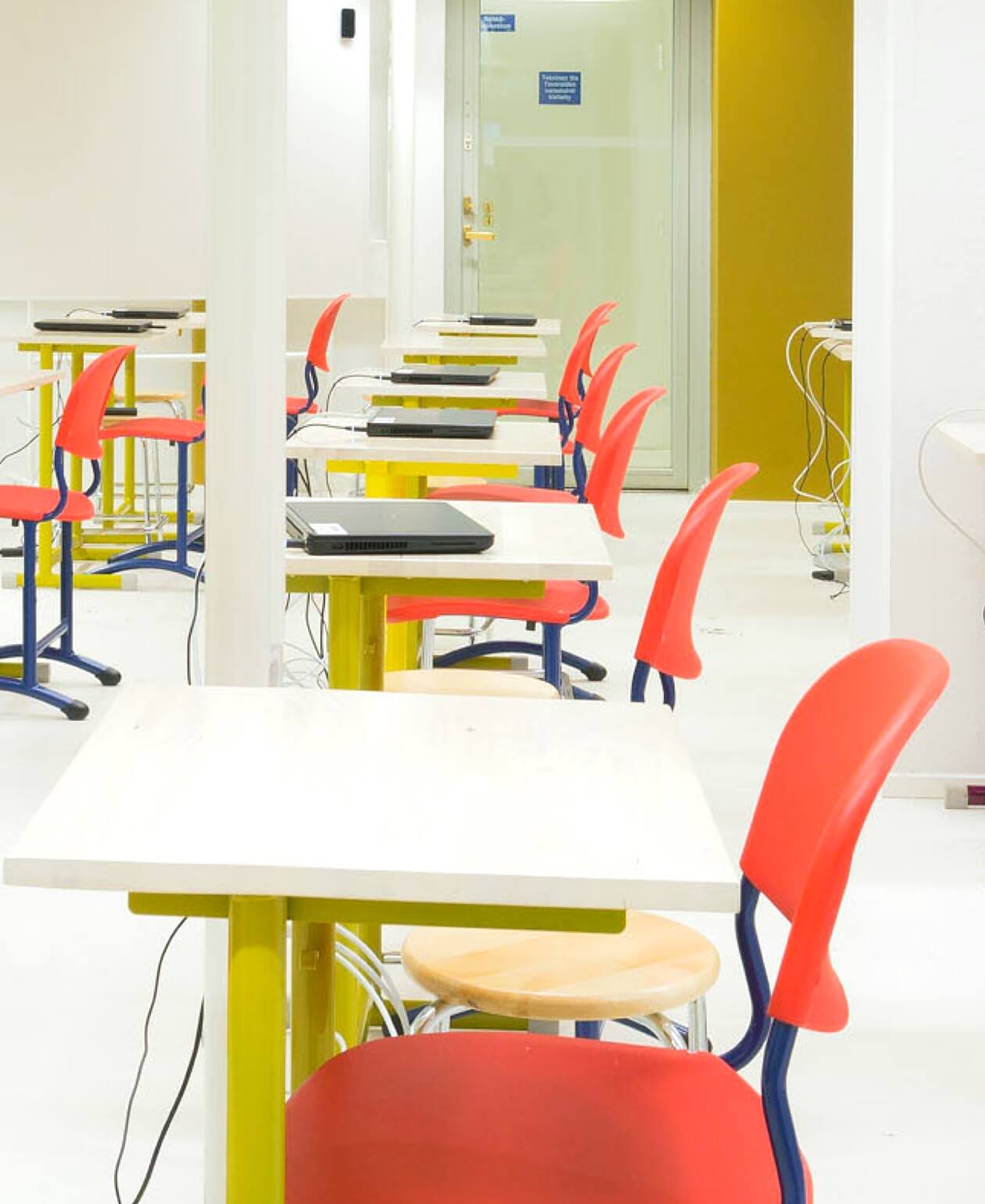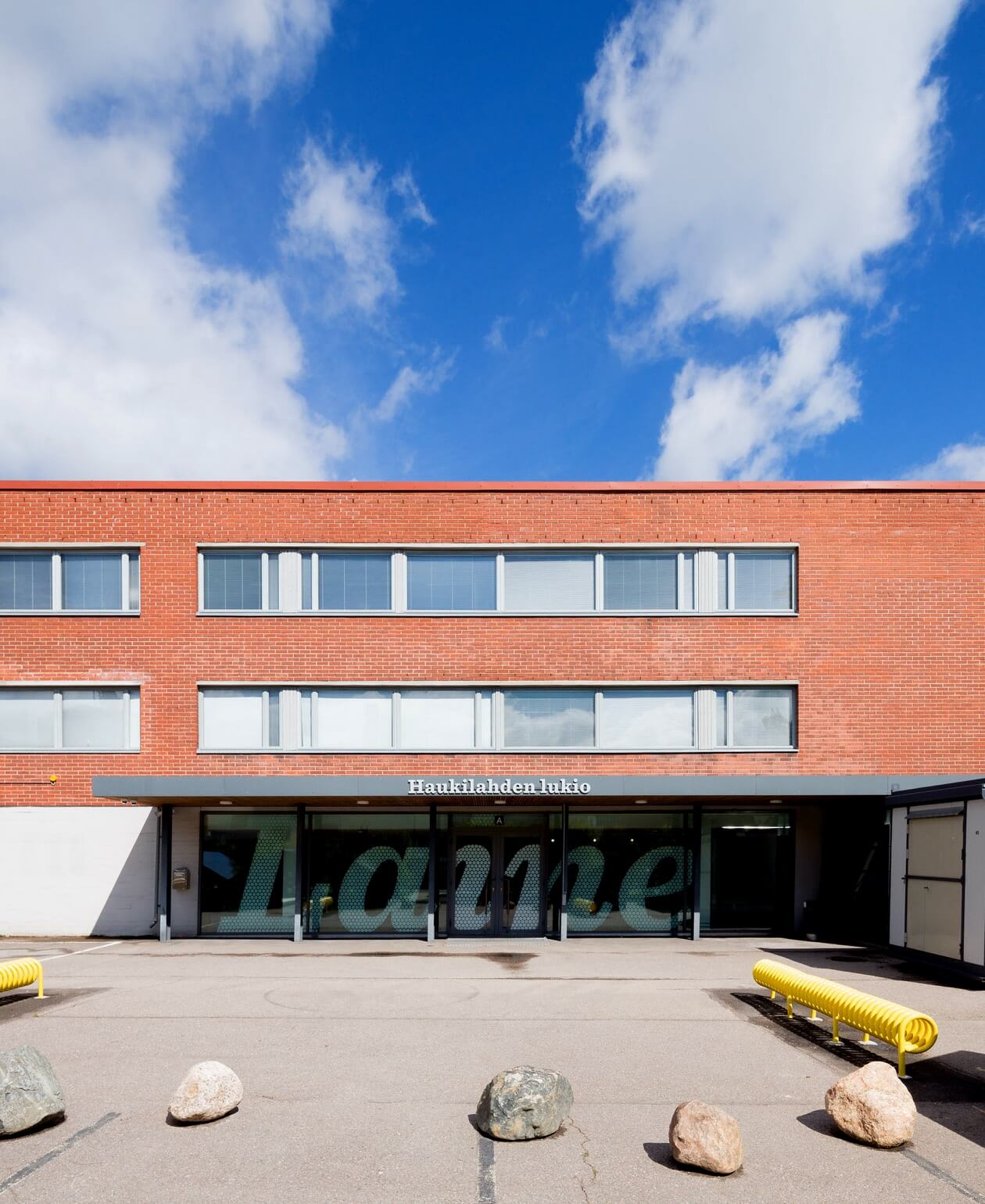School as a Service

Finalists
Antti AhlavaHelsinki University of Technology(Architecture)
University of Art and Design Helsinki(Design)
Aalto University, Group X (Emergent Design Methodologies)
Helsinkiz..urich (architecture, urban design, landscaping, interior design, service design)
About Project
School as a Service (SaaS), a social innovation, was tested first in 2016 and now hosts three municipal upper secondary schools and an elementary school, which have moved to Otaniemi area in Espoo, Finland. This has been an exercise in temporary uses, where schools share spaces of Aalto University, such as physics and chemistry laboratories, Learning Centre and sports and art facilities. The schoolchildren have become active members of the city and the society and the university campus is now more diverse and lively. Many study courses of the university are open to school pupils and the schools provide pedagogical training for the university and allow the university personnel use their advanced learning technologies.
Schools have faced considerable changes in their pedagogical principles in the 20th and 21st Centuries and accordingly, one can expect a justified change from a traditional school building to a more flexible environment supporting varying needs and social learning. Networked services, service platforms and flexibility imply a paradigmatic change: spaces and their uses become creatively decoupled. SaaS is designed as a platform for learning, which has the capacity to react to the changing needs of the schools. It offers new kinds of social and interactive learning experiences and fosters learners to take an active role in their education. Leaning on the engagement platform, this practice offers a user-based, cross-disciplinary approach to learning and its spaces, supported by digital tools and framed by sustainable, resource-wise environment.
App. 1600 schoolchildren and 136 teachers are members of SaaS at the moment. Compared to the earlier and conventional own building layouts, there has been 25 % smaller carbon footprint, 35 % annual savings, 150 % more upper secondary school applicants, 60 % flexible resources and over 40% increased pupil intake in 2019. According to student feedback, SaaS has better symbolic value, better sense of fellowship and togetherness among students and more functional premises for learning.
This project redefines what a school can be enabling schoolkids to become part of university life. It is more a policy innovation and it would be interesting to consider how physical design might further reconceptualize our current school system.




